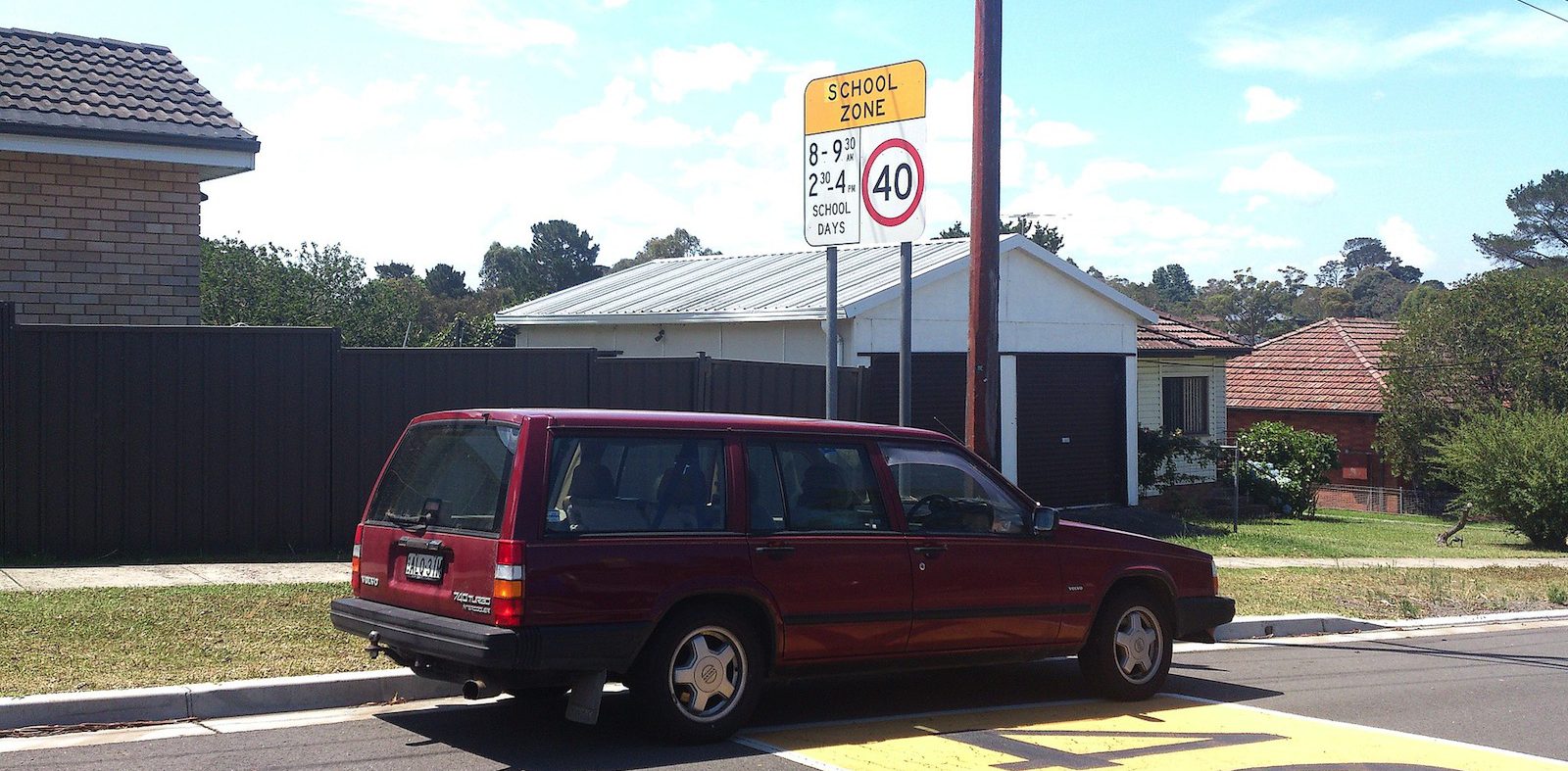As we begin the new school year, mornings are even busier than usual for families with young children. For those parents who drive their kids to and from school, traffic can be an issue as well.
Following the driving tips below will help keep everyone out of harm’s way during the morning and afternoon rush.
Navigating school zones
Almost all schools have student drop-off and pick-up policies, but the general principles below are the same for driving within any school zone. For specific details, check with a school representative or consult the school’s website to ensure you’re aware of all guidelines.
– Don’t double park. You risk blocking visibility for both drivers and pedestrians.
– In some states—including Texas—cell phone use is banned in active school zones and comes with hefty fines.
– Speed limits in school zones are reduced, so watch your speedometer.
– Don’t back your vehicle out without triple-checking the area for pedestrians. Young children can be hard to spot, and they move quickly.
– Carpool to decrease how many vehicles are on the road and adding to the congestion.
– Have your child gather all of their belongings well before you arrive at school, so they can exit the car quickly without holding up the line.
– Drop off your child safely on school property and not across the street.
Driving among pedestrians and bicyclists
The National Safety Council’s (NSC) research shows that the majority of bus-related fatalities among children happen between the ages of four and seven, while the victim is walking. These fatalities most often happen when a child is hit by a bus or by a vehicle illegally passing a bus.
The driving tips below are based on the NSC’s own recommendations toward safer roads for all:
– If a bus has stopped to pick up or drop off students and/or its stop arm is out, by law you must stop as well. Do not pass.
– Be alert for children darting out from driveways or from behind parked cars.
– Don’t stop in the middle of a crosswalk at a stoplight. This forces crossing pedestrians to take unsafe routes through traffic to get around you.
– Watch out for bikers turning toward you without signaling. Many students bike to school, but may also neglect to use hand signals.
– When passing a bicyclist, leave at least three feet of space between your car and their bike.
– Check side mirrors before opening your car door—bicyclists can be moving quite fast, so keep an eye out.
– Never honk or rev your engine around pedestrians unless you have very good reason to do so; it can scare people and cause unpredictable behavior.
Image by Fotosleuth via Wikimedia Commons (CC by 2.0).







